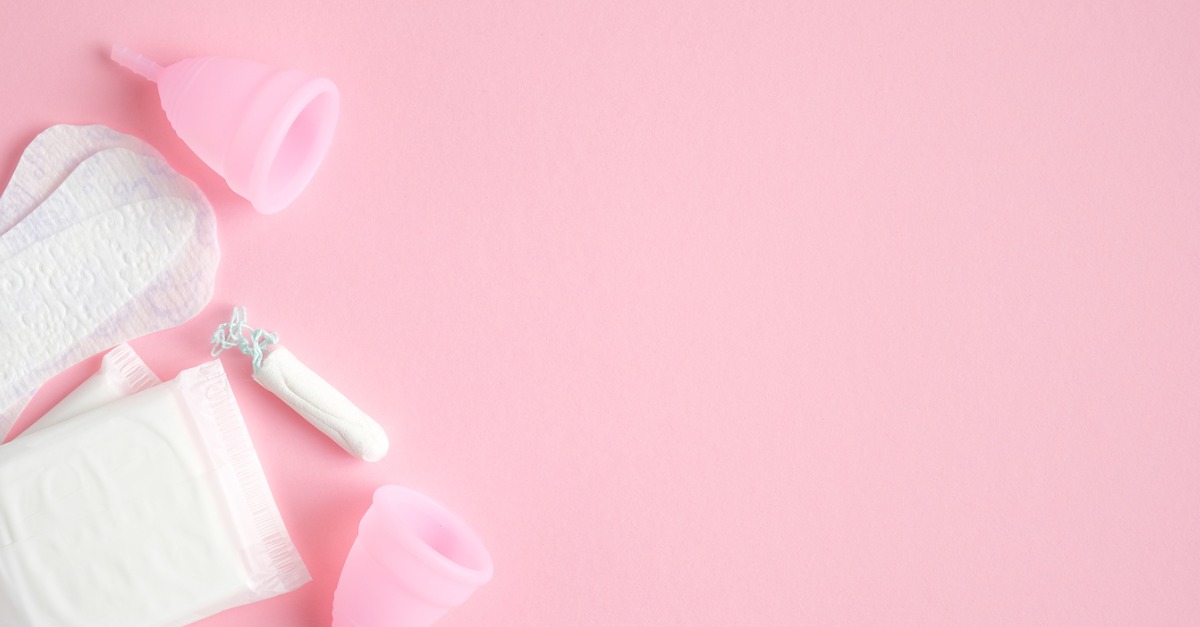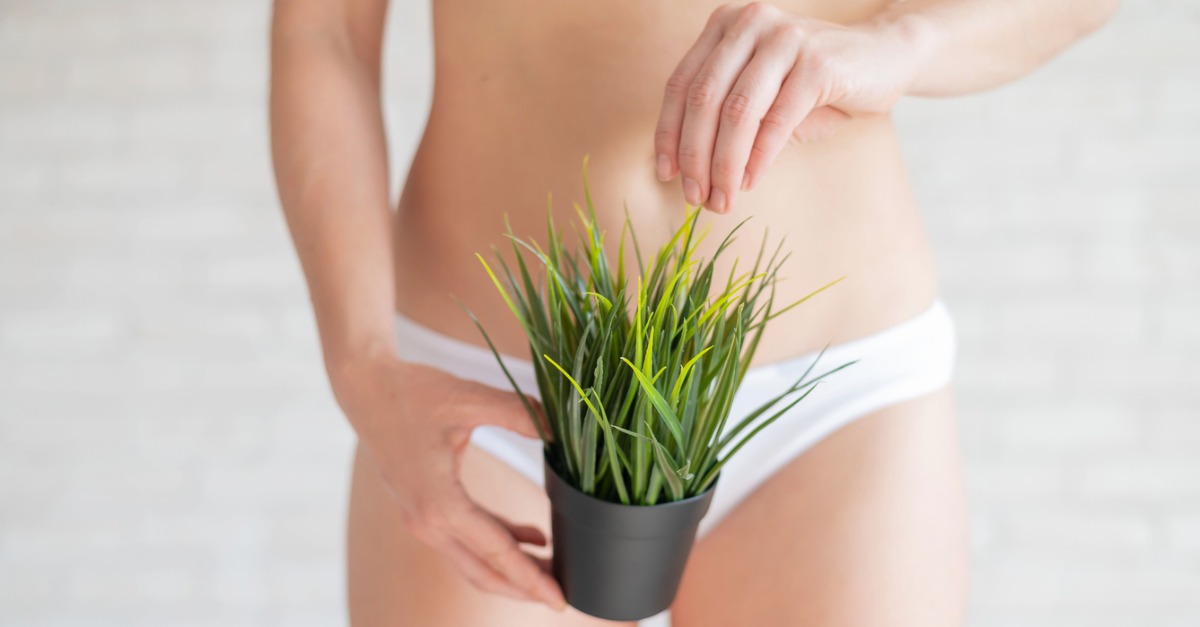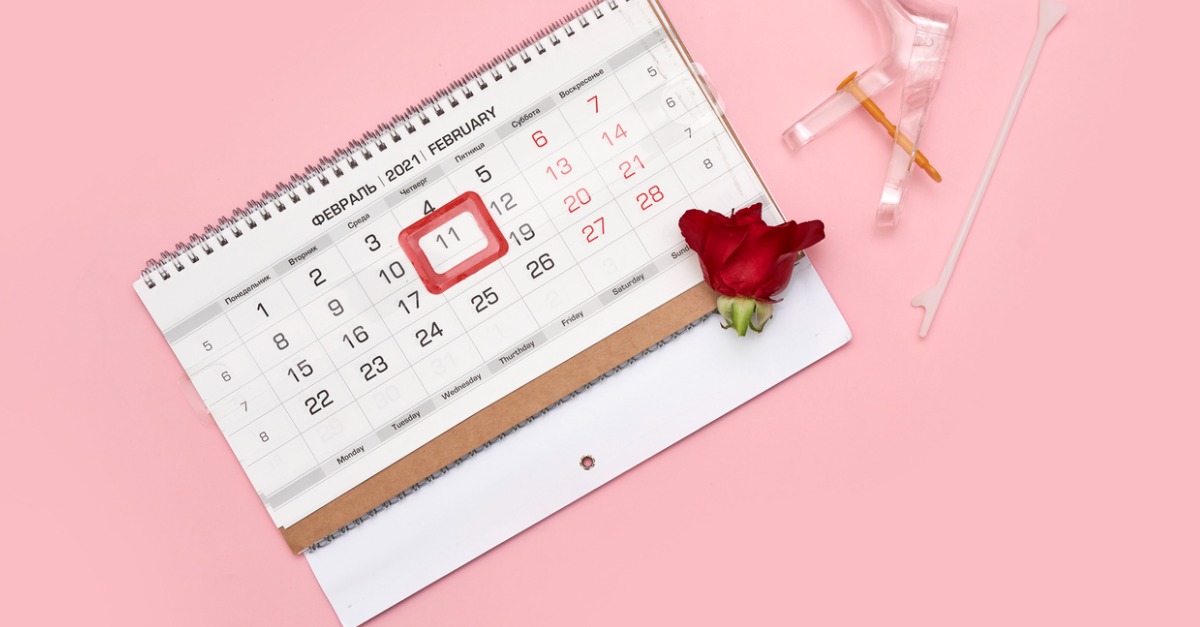What’s the Right Menstrual Product for You?
Whether you’re just starting to menstruate, or have been at it for a while, it’s useful to check in with which products might help you absorb blood, protect your clothes, and carry out your regular daily activities with confidence.
While choosing the right one is largely up to the individual, there are several menstrual products you may want to consider.
Sanitary Pads
Sanitary pads are attached between your vulva and your underwear, absorbing menstrual blood as it leaves your body.
“The average sanitary napkin comprises 48% fluff pulp, 36% PE, PP and PET [plastics], 7% adhesives, 6% superabsorbent and 3% release paper,” according to the experts at Science Direct. They come in a variety of thicknesses, sizes, and lengths, and some even include additional adhesive “wings,” which wrap around the edges of your underwear.
The International Planned Parenthood Federation cautions that “due to their disposable nature they’re not the most environmentally-friendly option, as they must be changed roughly every four hours to prevent bacteria growth and odor.” For those with the expense and the environment in mind, there are now several reusable, washable versions available, as well.
Tampons
Tampons are a single-use product inserted into the vagina (with or without a plastic or cardboard applicator) to absorb blood and block leakage. Regulated by the FDA, they are made of cotton, rayon, or a combination of the two. Though they can’t get lost inside your body, tampons should be changed every 4 to 6 hours, to prevent bacteria growth and toxic shock syndrome.
“Getting the hang of inserting a tampon can definitely take some time and practice,” Seventeen acknowledges, but your gynecologist can provide consultation if you’re having persistent difficulty.
Believe it or not, tampons were used for general medical practice to stop bleeding in deep wounds or administer medicine to the vagina, before they were used for periods.
Menstrual Cup
A bell-shaped container made of silicone or latex rubber, a menstrual cup is inserted into your vagina to catch blood and block leaks. Invented in 1867, menstrual cups are decades older than the modern tampon.
“Advocates for menstrual cups say the product is the future of period care—” Popular Science writes, “but few realize that the innovation is no secret at all.”
As with any menstrual product, there’s a list of pros and cons to using a menstrual cup. Many users like that the disposable versions of the menstrual cup provide mess-free sex. Others feel there is some trickiness of removing it and finding the right fit. Only you can determine whether this option is a good one for you.
Period Underpants
Like washable pads, period underpants are intended to be washed and reused. Made of fabric designed with microfilaments that absorb blood and odor, they protect both your skin and whatever else you’re wearing.
Designed in a variety of brands, cuts, colors, and styles, there are plenty of options to suit your taste. These underpants can be worn alone or used in tandem with tampons or pads depending on your flow and comfort level.
Morgan Fargo, digital fitness writer for Women’s Health warns, however: “If you don’t like blood, period underwear might not be one for you. Unlike tampons or pads where you dispose of them fairly quickly, period underwear requires some wringing out before it goes in the washing machine.”
As you can see, finding the right menstrual product(s) is largely up to you. Feeling comfortable and confident is as important as maintaining a healthy and regular cycle. To monitor your menstrual health, or speak to one of our experts about menstrual product selection, book an appointment online or call 770-385-8954.








